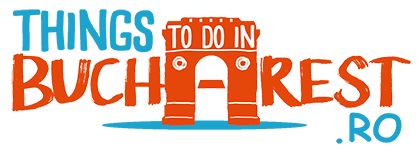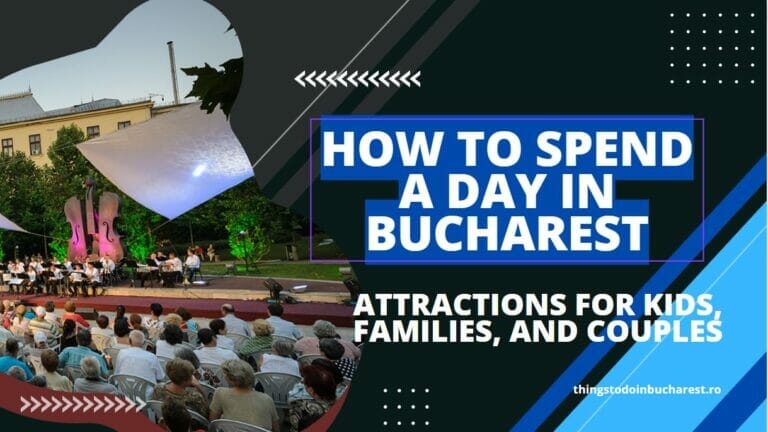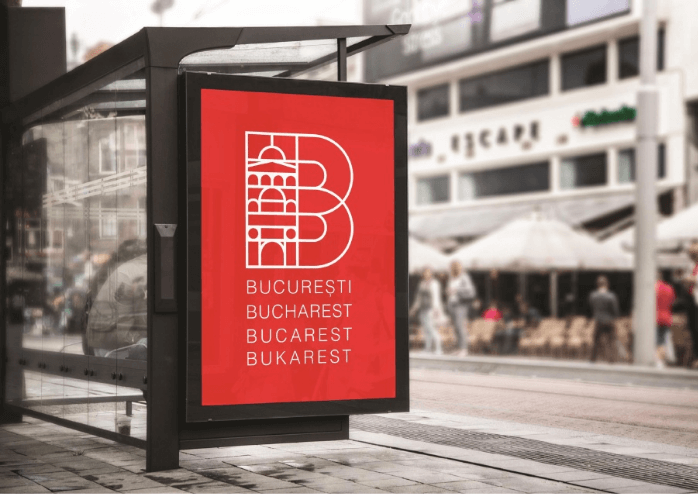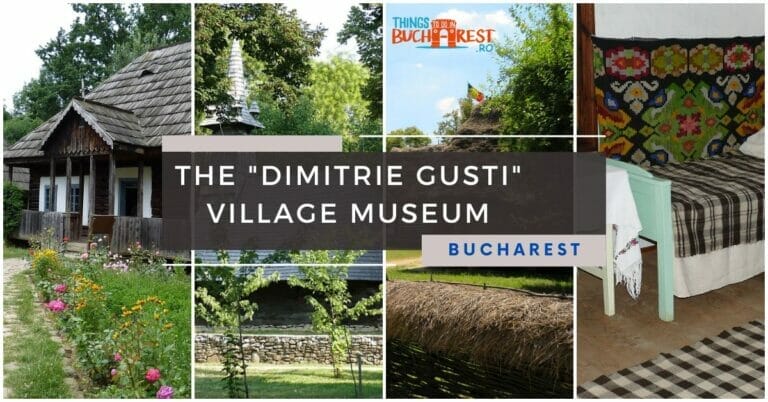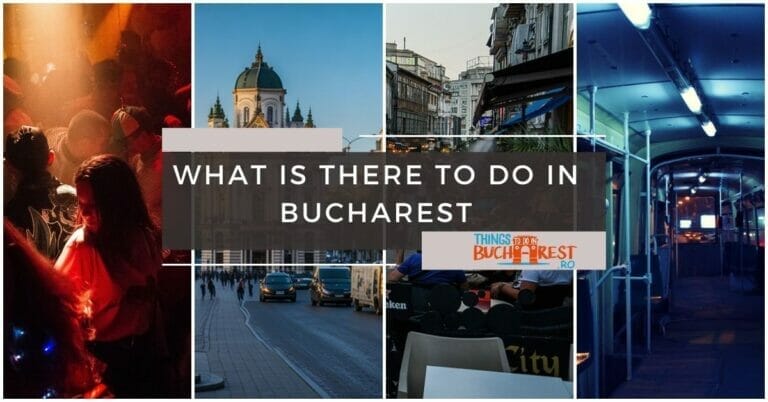By now you should have realized that Bucharest is an eclectic city. It is mixing east and west, old and new, history and modern life. As a result, it has many interesting places to explore, discover and enjoy, and Bellu cemetery is one of them.
Quick Facts about Bellu Cemetery
What to know if you want to visit:
- The official name is Serban Voda Cemetery!
- This is Bucharest’s most historic cemetery. To visit it all it might take up to half a day! Of course, a normal tour would normally last about 1h 30- 2h.
- There is a map inside the gate, that points out important graves!
- Especially relevant: most of the graves are grouped by profession – artists in one part, writers in another etc.
- Consequently, a good place to start is the Alley of Artists!
- Photography wise, you need an acceptance (permit) you can get at the entrance.
- Visiting hours: 10 a.m – 8 p.m
- Phone: 021 332 5744
Why visit a cemetery?
Today cemeteries are the outcasts in a culture obsessed with perpetual youth. Except perhaps for places such as Arlington National Cemetery (In U.S), or Pere Lachaise (in France), or Romania’s own Merry Cemetery from Sapinta, Maramures.
Except perhaps for places such as Arlington National Cemetery (In U.S), or Pere Lachaise (in France), or Romania’s own Merry Cemetery from Sapinta, Maramures.
Yet, as a Bucharest enthusiast, I would invite tourist of all ages to take some time and visit this hidden cultural trove- the Bellu cemetery.
By walking through this cemetery, you can tell that Bucharest has been quite a sophisticated place.
The central chapel (which keeps the same hours as the cemetery itself), was built in the 1880s. Its style is similar to one of the cathedrals at Karlsbad (Karlovy Vary). While it is no Sistine chapel, it is still boasting stunning interior paintings.
In conclusion, visiting a cemetery is not necessarily all about paying respects and reflecting about future. You could learn a lot about a country’s culture, and history at the same time.
About Bellu Cemetery
The place is better known by its popular name “Bellu Cemetery” (rather than the official “Serban Voda Cemetery”). This is because this cemetery is situated on a land a plot of land donated by Baron Barbu Bellu in 1858.
Many artists and important politicians are buried here. Of course , this means that great funeral monuments and beautiful sculptures with quite a lot of stories are scattered all over the alleys.
Part of this cemetery resembles an outdoor museum.
In conclusion, if you have the time, then we believe you should visit it. ( Do this preferably on a weekday when you’re not rushed because on weekends there are lots of ceremonies in all Romanian cemeteries and they can become anything but quiet places).

Why visit Bellu cemetery in Bucharest?
Here are some reasons why visiting Bellu cemetery is a thing to do in Bucharest:
- This is the Bucharest’s most prestigious burial ground. It is often called “outdoor museum”, one of Romania’s history pages”.
- Furthermore, it houses the tombs of many notable Romanian personalities. From writers, poets, songwriters, and artists to politicians and diplomats of Romania, and also, inventors, mathematicians, flight pioneers and so on and so forth.
- It has 54 acres of one of the most authentic cultural attractions in Bucharest. Thus visiting it is one of the recommended things to do in Bucharest, especially if you are passionate about culture and history.
- The unique opportunity of seeing a snapshot of time, complete with all the trappings of historical and social customs, before it disappears through neglect or destruction.
How to get to Bellu Cemetery
Adress: Calea Şerban Vodă, nr.249, sector 4
Public transportation:
- Bus number 116, 141, 232, 323;
- Tramway : 4, 11,7,19, 25
- Subway station: Eroii Revoluţiei
Landmarks near Bellu cemetery
The Bellu cemetery is within walking distance from several other places:
- Cimitirul Eroilor – the Heroes Cemetery , where 281 martyrs from the 1989 revolution are buried.
- The “Parcul Tineretului” park (the name translates literally as “the Youth park”)
- The carol Park
- The Jewish Cemetery
- The Vacaresti Delta / “Vacaresti National park”.

Bellu Cemetery – Notable Graves
- Theodor Aman, painter, illustrator
- Ana Aslan, biologist, physician
- George Bacovia, writer
- Eugen Barbu, journalist, pamphleteer, polemicist, publicist, novelist, scenarist and politician
- Ion Barbu, poet, and mathematician
- Șerban Cantacuzino, actor
- Ion Luca Caragiale, playwright, novelist, pamphleteer, theater director, political commentator and journalist
- Toma Caragiu, actor
- Anda Călugăreanu, actress and singer
- Liviu Ciulei, director, actor, scenographer, architect and professor
- Henri Coandă, engineer, physicist, inventor and aviation pioneer
- N. D. Cocea, lawyer, writer, journalist, publicist and politician
- Corneliu Coposu, politician, founder of the Christian Democratic National Peasants’ Party
- George Coșbuc, poet, literary critic, and translator
- Hariclea Darclée, soprano
- Gheorghe Gheorghiu-Dej, President of the State Council
- Ovid Densusianu, philologist, linguist, folklorist, literary historian and poet
- Ion Diaconescu, politician, anticommunist activist
- Gheorghe Dinică, actor
- Ion Dolănescu, singer
- Mihai Eminescu, poet, writer and journalist
- Paul Everac, playwright
- Emil Gârleanu, writer, director, scenarist and journalist
- Dimitrie Gusti, philosopher, sociologist and esthetician
- Spiru Haret, mathematician, astronomer and teacher
- Iulia Hasdeu, poet
- Iuliu Hossu, bishop, political prisoner and cardinal
- Nae Ionescu, philosopher, logician, teacher and journalist
- Șerban Ionescu, actor
- Nicolae Iorga, historian, literary critic, librarian, playwright, poet, encyclopedist, memoirist and Prime Minister of Romania
- Petre Ispirescu, editor, folklorist, storyteller, writer and typographer
- Panait Istrati, writer
- Nicolae Labiș, poet
- Ștefan Luchian, painter
- Alexandru Macedonski, poet, writer, playwright and publicist
- Titu Maiorescu, lawyer, writer, philosopher, founder of Junimea and Prime Minister of Romania
- Lia Manoliu, Olympic athlete
- Ion Minulescu, poet, and writer
- Angela Moldovan, singer
- Tudor Mușatescu, poet, writer, playwright and humorist
- Alexandru Odobescu, writer, archaeologist and politician
- Dimitrie Paciurea, sculptor
- Theodor Pallady, painter
- Hortensia Papadat-Bengescu, writer, and novelist
- Adrian Păunescu, writer, literary critic, essayist, poet, publicist, translator and politician
- Amza Pellea, actor
- Camil Petrescu, novelist, playwright, philosopher and poet
- Cezar Petrescu, novelist, translator and journalist
- Gică Petrescu, singer, and composer
- Adrian Pintea, actor
- Florian Pittiș, actor, director, translator and folk singer
- Marin Preda, academician, novelist, writer and communist deputy in the Great National Assembly
- Ioana Radu, singer
- Dem Rădulescu, actor, and professor
- Liviu Rebreanu, writer, and playwright
- C. A. Rosetti, politician, publicist and leader of the Wallachian Revolution of 1848
- Mihail Sadoveanu, writer, storyteller, novelist, academician and politician
- Zaharia Stancu, writer, poet, novelist, theater director, journalist and publicist
- Nichita Stănescu, poet, writer, essayist
- Valeriu Sterian, musician, singer and composer
- Constantin Tănase, actor
- Maria Tănase, singer
- Ionel Teodoreanu, novelist, and lawyer
- Radu Vasile, historian and Prime Minister of Romania
- Grigore Vasiliu Birlic, actor
- Iancu Văcărescu, poet
- Tudor Vianu, esthetician, literary critic and historian, poet, essayist, philosopher and translator
- Aurel Vlaicu, engineer, inventor, and aviation pioneer
- Alexandru Vlahuță, writer
- Traian Vuia, inventor and aviation pioneer
- A. D. Xenopol, academician, historian, philosopher, economist, teacher, sociologist and writer
